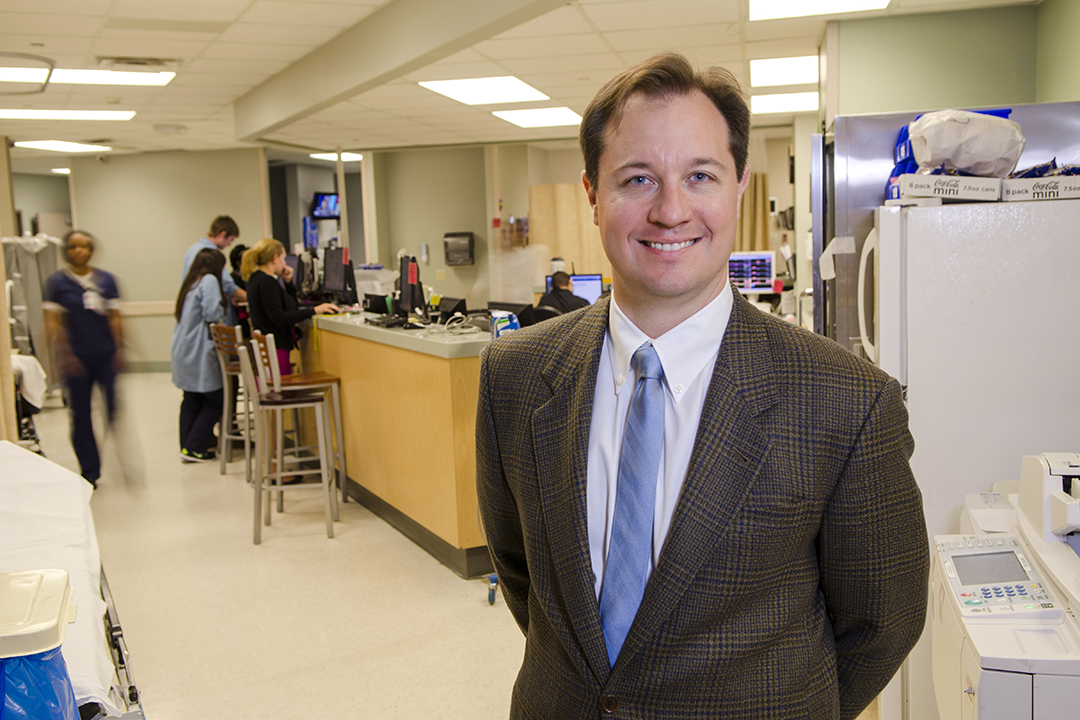By Kristen Mitchell
A George Washington University study found the expansion of Medicaid insurance coverage under the Patient Protection and Affordable Care Act did not increase hospital emergency room visits, as was widely predicted by some lawmakers and researchers.
When researchers compared the volume of ER visits in hundreds of hospitals across the country in states that expanded Medicaid to those that did not, they found no increases in ER visit volumes in Medicaid expansion states.
People with health insurance use more health care than those without it, prior research has shown. Therefore insurance expansion--and in particular Medicaid expansion—was expected to cause a major surge in emergency department visits.
People covered by Medicaid generally have more emergency room visits than other populations because they have a harder time getting in to see a doctor. Visiting an emergency department, open 24-7, is an alternative option for those patients, said Jesse Pines, director of the GW Center for Healthcare Innovation and Policy Research, professor of emergency medicine at the GW School of Medicine and Health Sciences and professor of health policy and management at the Milken Institute School of Public Health.
“Our research is good news for government programs aimed at expanding health insurance, and in particular Medicaid coverage,” Dr. Pines said. “We challenge the conventional wisdom that people go to the emergency department because they do or don’t have health insurance. People use the emergency department when they’re sick or injured. That’s why we stay open.”
The study was published in Health Affairs.
The research also found that expansion of Medicaid coverage strongly affected the mix of payers for emergency department patients. The 2014 Medicaid expansion increased Medicaid-paid emergency department visits in expansion states by 27 percent, decreased uninsured visits by 31 percent and decreased privately insured visits by 7 percent, compared to non-expansion states.
Decreasing the number of patients without insurance has an important impact on the economics of emergency services, said Randy Pilgrim, study co-author and the enterprise chief medical officer at Schumacher Clinical Partners, a multi-specialty physician management group based in Louisiana whose data, along with two other companies, was used for the study.
“Payments for Medicaid visits are higher than for the uninsured. But the long-term impact of the ACA on the overall economics of emergency care is still an open question, especially with other provisions that affect reimbursement, including the future effect of new payment models,” he said.


